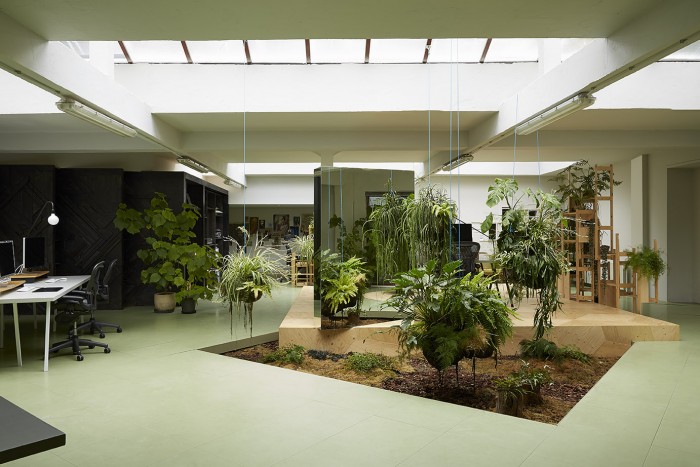

HauteGREEN will present a curated collection of the best in sustainable contemporary design. When making their selections, the curators will consider the sustainability and the aesthetics of each submission. While what constitutes the contemporary aesthetic is a subjective criterion relative to each curator’s preference, the sustainability of each submission will be considered based on the following guidelines:
SUSTAINABILITY:
Submissions must address one or more of the following.
Materials:
Recycled/able. The product makes use of recycled or repurposed materials, it itself readily recyclable,
or both.
Renewable. The product makes use of organic materials that can be regrown, is readily biodegradable,
or both.
Substitute Materials. The product is less damaging as a result of toxic materials or components being replaced with safer ones.
Stewardship Sourcing. The product makes use of raw materials from fairly-traded sources or low impact sources such as FSC-approved forests.

Manufacture:
Alternative Energy in Manufacture. The product is manufactured using a renewable energy source.
Efficiency in Manufacture. The product’s manufacturing process is efficient in its use of energy, water, and materials.
Transport:
Efficiency in Transport. The product is designed to optimize space and decrease energy use in transport.
Locality. The product is produced locally and uses only local materials.
Use:
Utility. The product is more efficient by providing greater utility for the user, such as multifunction products or rented products.
Durability. The product becomes more efficient in materials usage as it has a longer functional lifespan.
Efficiency. The product is more efficient in its use of energy, water and materials.
Alternative Energy in Use. The product uses renewable energy to function.
Disposal:
Dissassembly. The product is designed to be easy to disassemble for repurposing, composting, and/or recycling.
Other:
Communication. The product communicates information that leads to a better environmental performance, usually by changing the behavior of users.
Social Improvement. The product is designed and/or manufactured by people that take social profit from the work and/or money created.
Write In. If you believe your product is sustainable in a way that is not described above, please describe it to us in the submissions form.